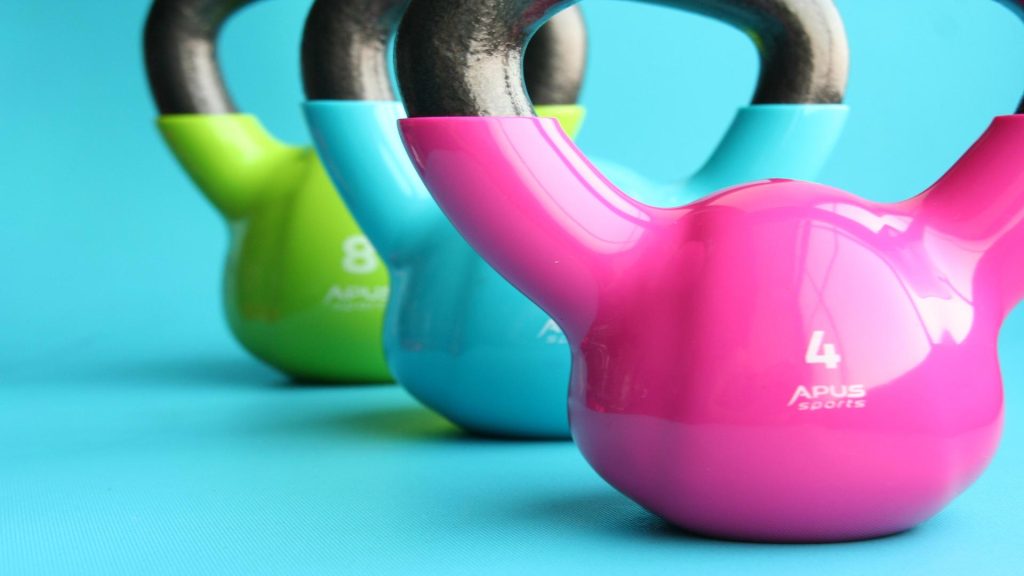
Personal Training Techniques
Introduction
In today's fast-paced world, personal training has become an essential part of many people's lives. Whether you are a fitness enthusiast or just starting your fitness journey, incorporating effective training techniques can make a significant difference in achieving your goals. This article aims to provide you with valuable insights into various personal training techniques that can help you attain your desired level of fitness and overall well-being.
1. Goal Setting: The Foundation of Personal Training
Setting clear and specific goals is crucial when starting a personal training program. Whether it's weight loss, muscle gain, or improved athletic performance, having a target in mind helps to stay motivated and focused. By defining your goals, you can tailor your training routines accordingly and measure your progress effectively.
2. Resistance Training: Building Strength and Muscle
Resistance training plays a crucial role in personal training, irrespective of your fitness goals. It involves using external resistance, such as free weights, resistance bands, or machines, to work your muscles. This technique not only helps in building strength and muscle but also promotes better bone health and increases metabolism.
2.1 Free Weights vs. Machines: Choosing the Right Option
When it comes to resistance training, you have the choice between using free weights (dumbbells, barbells) or machines. Both options offer their own advantages and disadvantages. Free weights provide more functional training, engage stabilizer muscles, and allow for a wider range of motion. Machines, on the other hand, provide better isolations and are easier to use for beginners.
3. Cardiovascular Training: Boosting Stamina and Endurance
Cardiovascular exercises are essential for improving stamina and endurance. They involve activities that increase your heart rate and elevate your breathing, such as running, cycling, swimming, or using cardio machines like treadmills or ellipticals. Incorporating cardio training into your routine not only enhances cardiovascular health but also aids in weight management and stress reduction.
3.1 High-Intensity Interval Training (HIIT): Maximizing Efficiency
HIIT is a popular form of cardiovascular training that involves alternating between short bursts of intense exercise and brief recovery periods. This technique is known for its efficiency in burning calories and improving overall fitness in a shorter amount of time compared to traditional steady-state cardio workouts.
4. Flexibility and Mobility Training: Enhancing Range of Motion
Flexibility and mobility training are vital components of any personal training program. Regular stretching exercises and mobility drills help to improve joint range of motion, prevent injuries, and enhance overall athletic performance. Techniques such as dynamic stretching, static stretching, and foam rolling can be incorporated into your routine to improve flexibility and mobility.
5. Functional Training: Preparing for Real-Life Movements
Functional training focuses on exercises that mimic real-life movements and improve your ability to perform daily activities. It involves using multiple muscle groups simultaneously and incorporating movements that challenge balance, coordination, and stabilization. Functional training is highly beneficial for individuals looking to improve their overall functional fitness and prevent injury.
5.1 Core Training: The Foundation of Functional Strength
Core training is a crucial aspect of functional training. It involves exercises that specifically target the muscles of the abdomen, back, and pelvis, which form the foundation for stability and strength throughout the body. Strengthening these muscle groups not only improves overall functional performance but also helps in achieving better posture and reducing the risk of lower back pain.
Frequently Asked Questions (FAQs)
1. How often should I train with a personal trainer?
The frequency of personal training sessions depends on various factors such as your goals, availability, and budget. Typically, two to three sessions per week, supplemented with additional workouts on your own, can yield optimal results.
2. Can personal training help with weight loss?
Yes, personal training can be highly effective for weight loss. A combination of proper exercise programming, nutrition guidance, and accountability provided by a personal trainer can significantly support your weight loss journey.
3. What qualifications should I look for in a personal trainer?
When choosing a personal trainer, it is essential to look for appropriate certifications such as NASM, ACE, or ACSM. Additionally, inquire about their experience, knowledge, and ability to tailor programs to individual needs.
4. Is personal training suitable for beginners?
Absolutely! Personal training is beneficial for individuals of all fitness levels, including beginners. A personal trainer can guide you through proper form, technique, and progression, ensuring a safe and effective start to your fitness journey.
5. How long does it take to see results from personal training?
The timeline for seeing results from personal training varies from person to person. Factors such as consistency, intensity, nutrition, and genetics all play a role. Generally, noticeable changes can be observed within 4 to 8 weeks of consistent training and adhering to a balanced diet.
� Personal Training Techniques
� FITNESS
� HEALTH
� Discover effective personal training techniques to help you achieve your fitness goals. Learn about resistance training, cardiovascular exercises, flexibility training, and more.
Thank you for reading. For more insights, visit our #healthzone#3.com/blog">BLOG. We appreciate your support!



